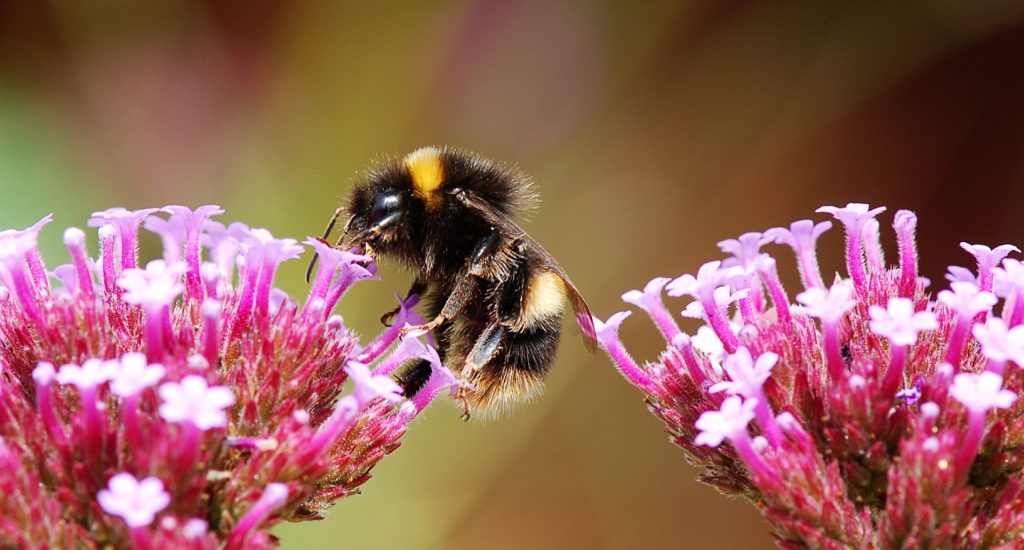In the intricate tapestry of nature, bees play a pivotal role as pollinators, facilitating the reproduction of countless plant species and sustaining the delicate balance of ecosystems. However, as human activities continue to reshape landscapes and alter environmental conditions, bee populations face unprecedented challenges. A groundbreaking study conducted by the Universities of Oxford and Exeter has shed new light on the critical importance of early spring flowers in supporting bee colonies during their crucial founding stage. In this article, we explore the findings of this research and its implications for bee conservation efforts worldwide.
Understanding the Hungry Gap
The term “hungry gap” refers to the period in early spring when bee colonies face a scarcity of pollen and nectar, essential resources for their survival and reproduction. This period, typically occurring from March to April, poses a significant challenge to bee colonies, particularly during the crucial founding stage when queens are establishing new nests and rearing their offspring.
Unveiling the Impact on Bee Colonies
Through a comprehensive analysis of bee population dynamics and resource availability, the research team uncovered the profound consequences of the hungry gap on bee colony success. By studying two European bee species, the buff-tailed bumblebee and the common carder bee, researchers found that a lack of early spring flowers leads to decreased colony survival rates and reduced production of queen bees for the following year.
The Role of Early Spring Flowers
Early spring flowers, such as ground ivy, red dead-nettle, maple, cherry, hawthorn, and willow, emerge as critical lifelines for bee colonies during the hungry gap. These flowering plants provide essential pollen and nectar precisely when bee colonies need them the most, ensuring their survival and enabling the production of daughter queens for future generations.
Practical Recommendations for Bee Conservation
Building upon their findings, the research team offers practical recommendations to enhance bee conservation efforts. By focusing on enhancing existing hedgerows with early blooming species, land managers can provide vital forage resources for bees without compromising agricultural activities. This targeted approach aims to address the specific needs of bee colonies during the critical early spring period, thereby promoting their long-term survival and resilience.
The BEE-STEWARD Model: A Tool for Bee Conservation
Central to the study’s methodology is the innovative BEE-STEWARD model, which integrates data and simulations to predict how changes in environmental factors impact bee populations over time. By harnessing the predictive power of this model, researchers gain valuable insights into the complex dynamics of bee ecology and can tailor conservation strategies to effectively address emerging challenges.
Implications for Global Bee Conservation
The findings of this study hold significant implications for bee conservation efforts on a global scale. As pollinator populations continue to decline worldwide, the importance of early spring flowers in supporting bee colonies cannot be overstated. By prioritizing the preservation and restoration of habitats rich in early blooming plants, policymakers, conservationists, and land managers can take proactive steps towards reversing the decline of bee populations and safeguarding biodiversity.
In the face of mounting environmental pressures, the plight of bee populations serves as a poignant reminder of the interconnectedness of all living organisms. By recognizing the critical role of early spring flowers in supporting bee colonies during the hungry gap, we can embark on a path towards more sustainable and resilient ecosystems. Through collaborative efforts and informed conservation strategies, we have the power to ensure a brighter future for bees and the invaluable services they provide to our planet.
